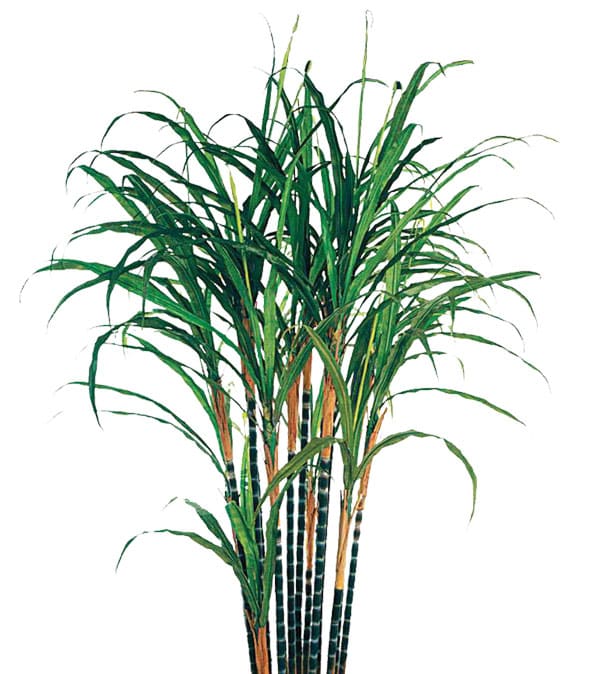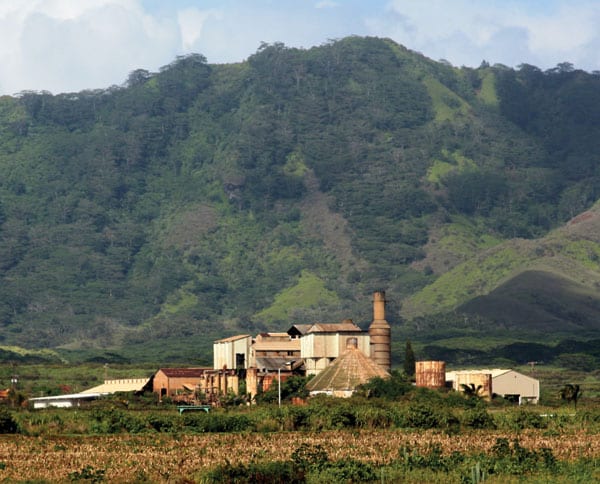New Food Products in the Islands
In the early days, before the arrival of Captain Cook, people grew two main crops— kalo and ‘uala (taro and sweet potatoes). Captain George Vancouver of Great Britain and other explorers had brought in other seeds and plants. Missionaries brought seeds and tools and gave lessons in how to grow new crops. Other visitors through the years brought more seeds, plants, and trees of all kinds. The ali‘i clearly were not in favor of granting land to foreigners and did not want to lose control over their ‘āina. But, in 1835, the American firm of Ladd and Company was able to lease a large tract of land at Kōloa on the island of Kaua‘i.
Although the earliest Hawaiians had brought what they called kō (sugarcane) when they came to the islands, and it had been grown before by foreigners as well, the first sugarcane fields of any great size were started in the Hawaiian Islands in the 1800s. Ground was broken by plows drawn by Hawaiian workers at twelve and a half cents a day. It was not until several years later that a sugar mill was set up. Sugar was needed in California during the Gold Rush of 1849, along with other places around the world. Prices were high, and Hawai‘i reaped a rich harvest. Coffee growing also continued to hold promise. Missionaries grew coffee plants in Kona on the island of Hawai‘i. The grazing industry had its start in the reign of Kamehameha I. The cattle and goats brought in to the islands had grown in numbers because it was kapu to kill them. By the mid 1800s, there were thousands of animals for the market.
The Hawaiian people were not necessarily interested in working on sugar plantations because most did not live near the plantations and all had different traditions of crop growing. Others from America were also reluctant to work in the fields. As a result, a man named William French decided to bring in immigrant contract labor from China in 1835 to work at his sugar mill. From 1835 to 1840, many sugar mills were set up all over the Hawaiian Islands, but mainly on Kaua‘i, O‘ahu, and Maui. Three thousand Chinese people were brought in as laborers in 1851 and 1852. It was easy to see, before too long, that many more laborers would be needed. Later in the century, people would come mostly from Japan to work. Then, early in the twentieth century, they would come mostly from the Philippines.
The growth of the sugar industry brought some problems, however. Sailors and whalers often drank rum; rum was a drinking alcohol made from sugar. In 1829, Ka‘ahumanu called for a stoppage of making rum and had cane fields destroyed when sugar was barely beginning to be grown. Following Ka‘ahumanu’s decision, official new laws were passed to limit the making of rum and to close saloons. Meanwhile, newer and larger sugar plantations were established.


